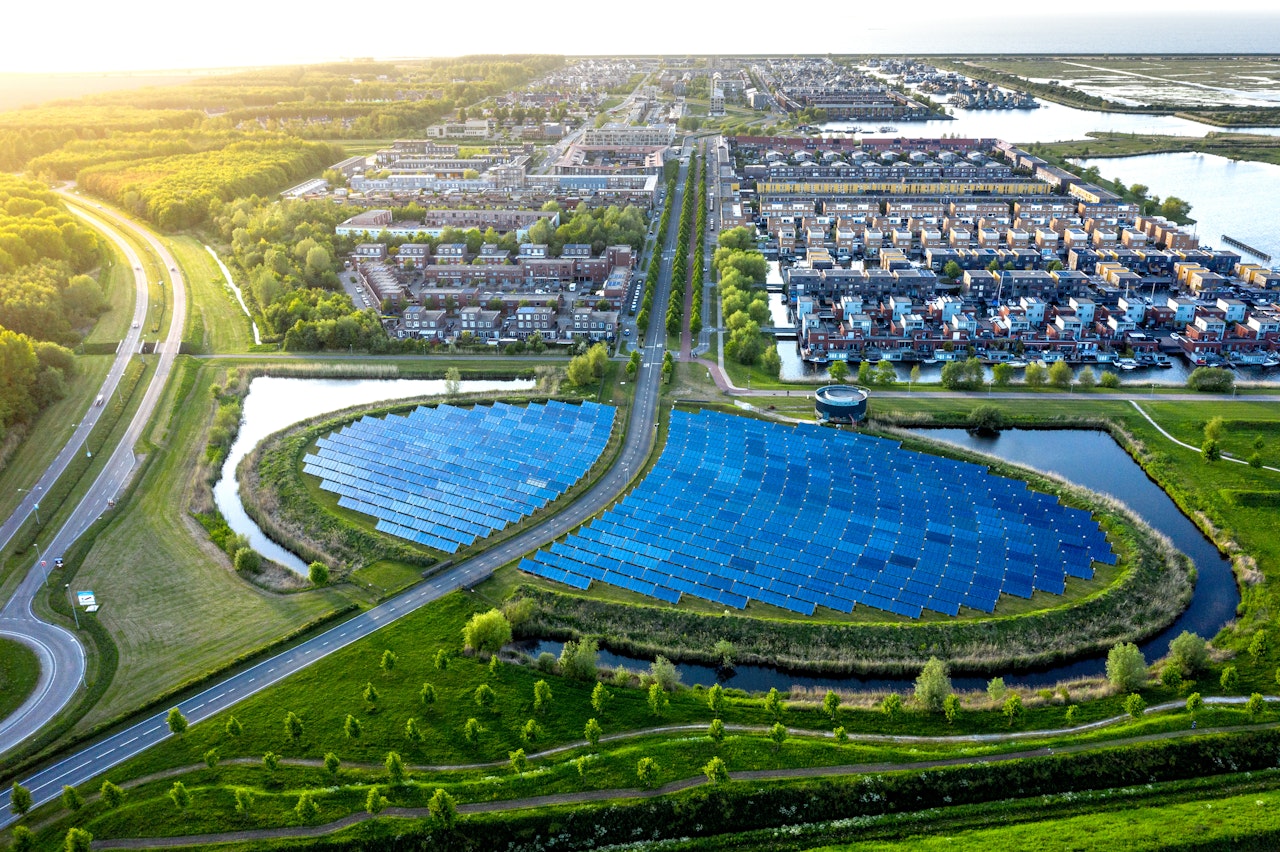Managing the Seasonal Variability of Electricity Demand and Supply

About this report
Electrification of end-uses and the growth of solar and wind is changing how electricity systems operate on all time scales. This report analyses how seasonal variations in both demand and supply affect electricity system operations to 2050 – in Europe, India, Indonesia and Korea – and what sources will be used to manage them. Seasonal variations are put in context with the annual electricity mix and short-term (hourly) variability. Each of the analysed regions has a unique electricity mix today, available resources, geographies, and patterns of electricity demand. Each has charted a different course for their clean energy transitions and is located in different climatic zones. This study also recognises that weather conditions are uncertain and vary from year-to-year, exploring their impact on system operations and power system costs. The study finds that, in each system, both short-term and seasonal flexibility needs rise considerably to 2050. Flexibility, currently provided by thermal power plants and hydro, will increasingly come from new sources – demand response and batteries on shorter timescales and hydrogen across weeks to seasons – with low emissions thermal power plants and hydro remaining important providers of seasonal balancing. As the systems become more capital-intensive, consumers are increasingly insulated from the impact of weather variations on power plant operations and the volatility of fossil fuel prices.
This work expands on the report Managing Seasonal and Interannual Variability, published in April 2023 which assesses the impact of weather-related variability on system operations across seasons and between years in different climatic zones.